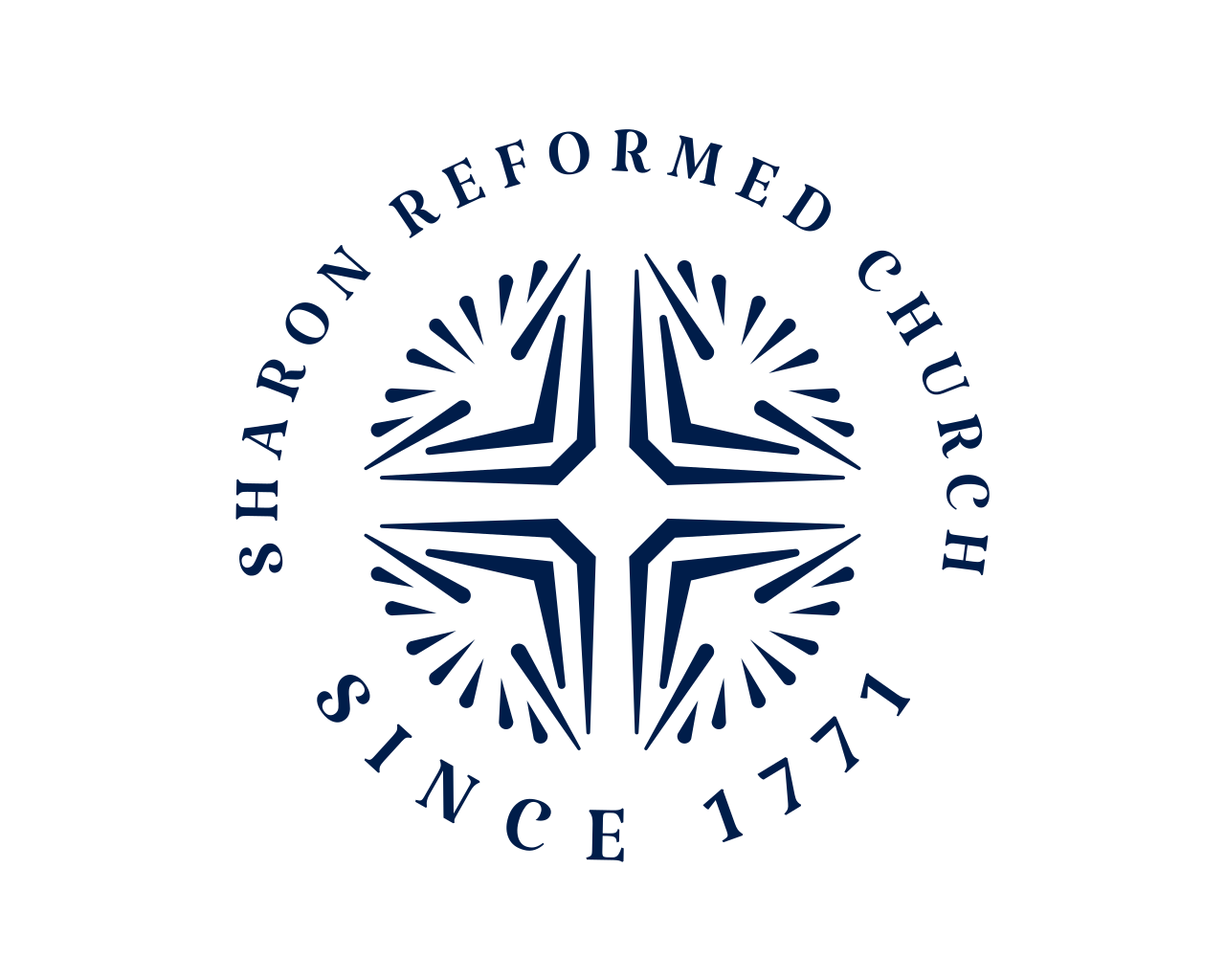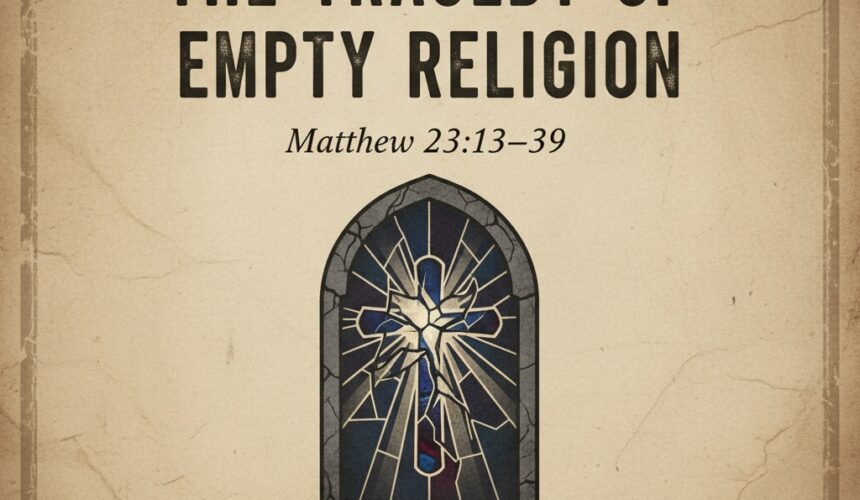What Does True Faith Look Like When Tragedy Strikes?
In a powerful and convicting sermon from Matthew 23:13-39, Pastor Jim explored the sobering question: What does true faith look like when tragedy strikes? The message was anchored by the heartbreaking story of Iryna Zarutska, a Ukrainian refugee tragically killed on a Charlotte train while bystanders stood silent. This real-life example served as a mirror for the spiritual condition Jesus condemned among the Pharisees—religious hypocrisy and a lack of compassion.
Pastor Jim highlighted how Jesus rebuked outward religious appearance that masks an unchanged heart. Drawing from the imagery of “whitewashed tombs,” he compared the indifferent bystanders to the Pharisees—clean on the outside but spiritually dead within. The sermon called us to move beyond surface-level faith and to be transformed by Christ from the inside out.
With clarity and compassion, the sermon emphasized the “weightier matters” of the law—justice, mercy, and faithfulness. Pastor Jim issued a challenge to examine our own hearts and to live out our faith through concrete action. This includes generous giving, neighborly care, and courageous compassion. We were reminded that true discipleship compels us to act when others suffer.
Concluding with a heartfelt call, Pastor Jim urged, “In a world where so many walk away, let us draw near with compassion and courage.”
Discussion Questions for Matthew 23:13-39
1. Outward vs. Inward Transformation
- How does the sermon illustrate the difference between outward religious appearance and inward spiritual transformation?
- In what ways can we ensure that our faith is not just a performance but a genuine reflection of our relationship with Christ?
2. Justice, Mercy, and Faithfulness
- Why does Jesus emphasize justice, mercy, and faithfulness as “weightier matters” of the law?
- How can we actively practice these virtues in our daily lives and within our community?
3. Hypocrisy and Authenticity
- What are some modern examples of religious hypocrisy that we might encounter today?
- How can we strive to live authentically as Christians, ensuring our actions align with our beliefs?
4. The Role of Religious Leaders
- What responsibilities do religious leaders have in guiding their congregations toward Christ, according to the sermon?
- How can we support our leaders in maintaining a focus on the true Gospel?
5. Responding to Injustice
- Reflecting on the story of Iryna Zarutska, how should Christians respond when faced with injustice or suffering in their communities?
- What practical steps can we take to ensure we are not passive bystanders but active participants in promoting justice and mercy?
6. Personal Reflection and Application
- How can we examine our own hearts to identify areas where we might be like “whitewashed tombs”?
- What changes can we make in our lives to better reflect the love and truth of Christ to those around us?
7. Hope and Invitation
- Despite the strong rebukes in Matthew 23, how does the sermon convey a message of hope and invitation through Christ?
- How can we share this hope with others who may feel burdened by religious expectations or past failures?


Leave a Reply